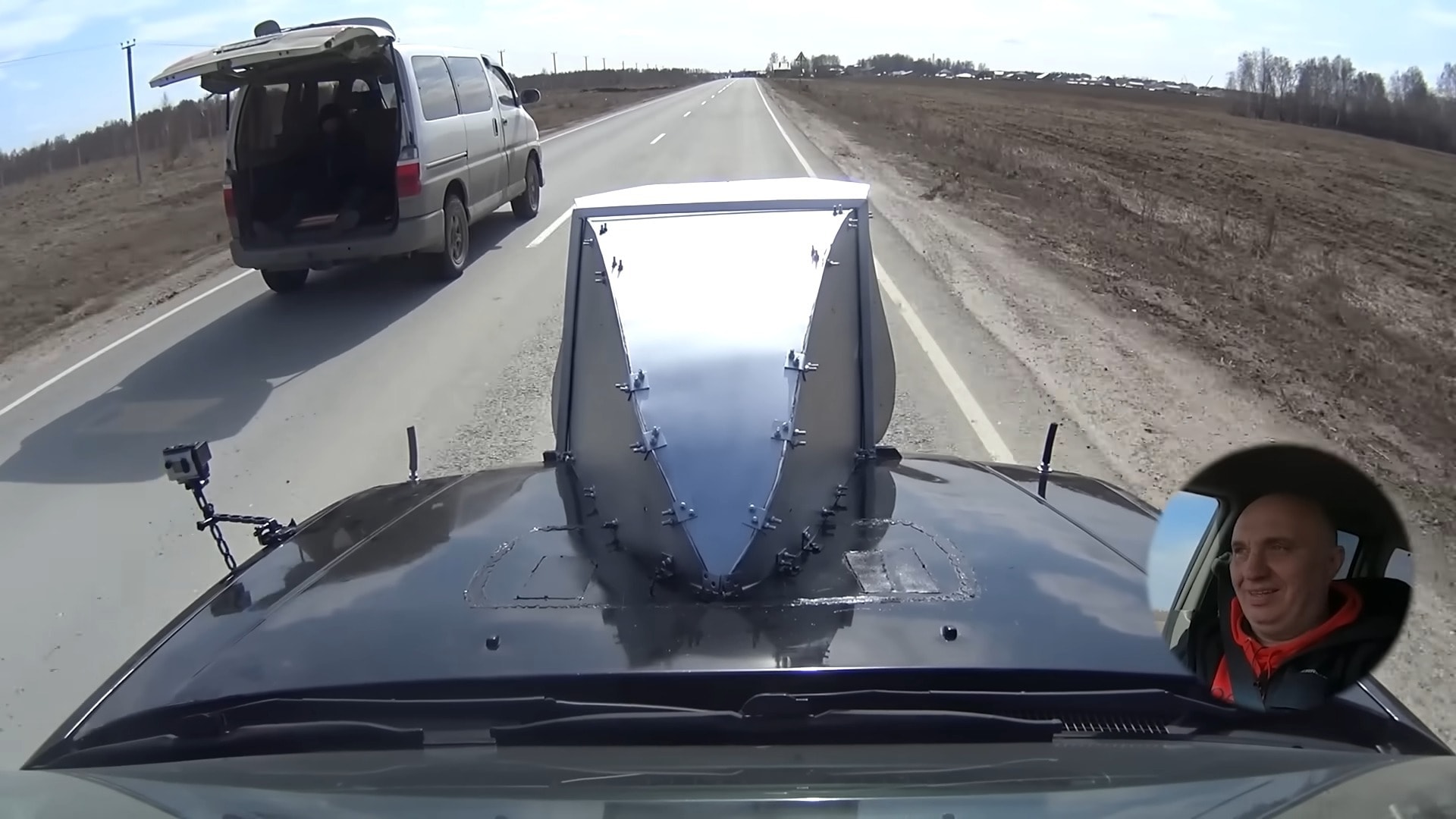When it comes to automotive performance, altitude can be a silent adversary. Reduced oxygen levels at high altitudes lead to decreased horsepower, as diminished air density significantly hampers the performance of naturally aspirated cars.
Engineers have devised various strategies to counteract this, with ram air intakes emerging as a viable solution. These intakes, featuring larger openings at the front of the vehicle to draw in more air, offer a modest yet effective boost in performance despite the thinner air.
The historical progression of internal combustion technology follows a sequence: naturally aspirated engines preceded superchargers, which were then succeeded by turbos. However, an intriguing question remained largely unexplored: What if the turbo assembly was replaced with ram air induction? This query led to an unconventional experiment undertaken by Garage 54.

Hailing from Novosibirsk, Siberia, the inventive minds at Garage 54 acquired a Subaru Forester to investigate the effects of swapping out the turbocharger for a hood scoop. Departing from conventional engineering norms, they removed the stock hood, intercooler, and turbo components, replacing them with a custom ram air scoop situated beneath an oversized inlet.
Undeterred, Garage 54 refined its design, optimizing the air intake piping to achieve better performance. Through iterative testing, they achieved a remarkable 27-second 0-100 kph time, demonstrating a significant improvement over the stock configuration. Despite the challenges and unconventional approach, their experimentation showcased the potential for enhancing engine performance through innovative engineering solutions.
Additionally, the oversized hood scoop presented aerodynamic challenges, hindering the Forester’s performance. Nevertheless, the experiment underscored the importance of efficient induction systems in optimizing engine performance, even in unconventional setups.

